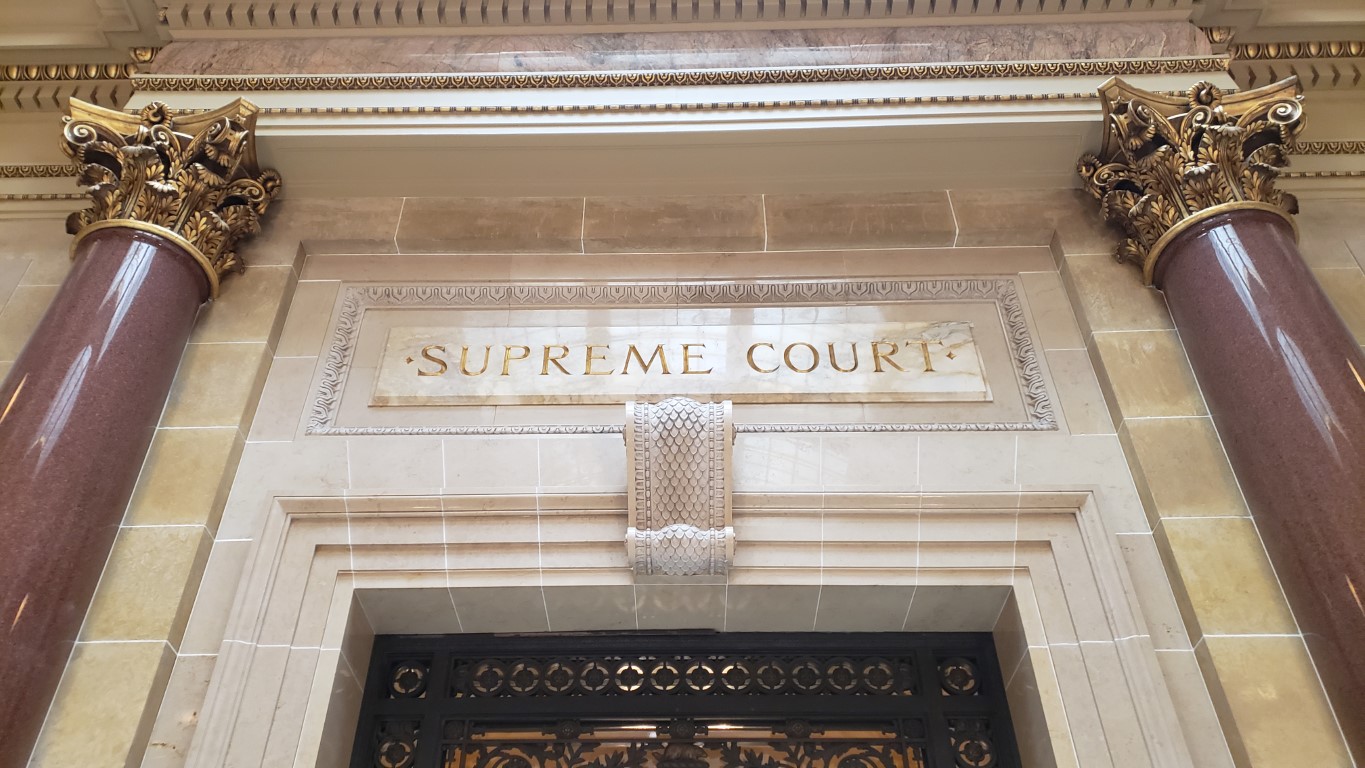Dem voters in two separate suits have asked the state Supreme Court to overturn Wisconsin’s congressional map and put new lines in place for the 2026 election.
The filings come a month after a state Supreme Court race in which conservatives warned Dems would seek to overturn Wisconsin’s congressional map if liberals maintained their 4-3 majority.
Dane County Judge Susan Crawford won the Apri...
Please log in to access subscriber content.
If you don't have a subscription, please contact schmies@wispolitics.com for subscription options on the WisPolitics-State Affairs platform, which is the new home for WisPolitics subscriber products.


